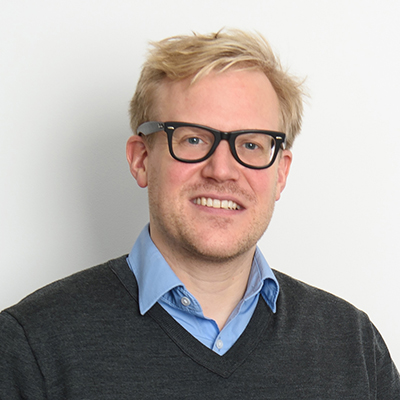Insights
CFD: model with care!
Eradicating error: the six areas to be aware of.
We’ve been using CFD (computational fluid dynamic) simulations as part of our fire engineering strategy for many years.
In the past, fire engineering safety required following strict rules (and prescriptive guidance), which were based on knowledge and experience. However, the development of new materials and techniques, together with changes in firefighting techniques, building uses and occupancies, plus a deeper understanding of the physics/chemistry of fires and human reactions, all mean that these strict rules are often difficult to apply.
As fire engineers, CFD modelling assists both us, and the rest of the design team to better understand and predict smoke and heat flow within buildings or other infrastructure projects.
From large open shopping centres to industrial warehouse buildings, CFD modelling can help us to demonstrate the feasibility of innovative architectural designs, create a higher degree of flexibility, and propose more efficient cost-effective designs – all while ensuring the highest degree of safety for people.
However, it’s important to remember that CFD simulations for fire engineering require specialist knowledge and experience.
When using CFD tools, there are six areas that could give rise to errors:
1. The chosen software tool.
The variety of software tools available each include several different assumptions and simplifications. Therefore, the choice of tools could again affect the ‘exact’ solution.
2. Software development.
The developer generally decides on basic assumptions and, within a few weeks, smaller updates could be implemented in a software tool. If the software developer doesn’t provide a detailed description of updates and possible implications for results, the user faces a leakage of verification and testing. A lack of time for the intensive testing of software updates could also lead to issues.
3. The user.
The user of the simulation software tool has to decide what boundary assumptions to implement at the setting up phase. They also need to have the appropriate fire engineering expertise for both the modelling process and the interpretation phase. The user’s level of knowledge and experience will have a major impact on the quality assurance.
4. The checker.
Similar to the user, a checker of CFD simulations should be capable of checking the input and output data of numerical simulations, so knowledge of all levels is required. As there is no prescriptive guidance describing the use of CFD simulations, checkers require a high level of specialist knowledge and experience.
5. The physiochemical model.
Due to the complex interaction between models (ranging from those used for hydro-thermal/ turbulence, combustion, radiation, and other complex models eg sprinkler models) a simple change in one could have an impact on the results in another model. Furthermore, each model is subject to simplifications, which can again have an impact on the overall results.
6. The mathematical model.
For each of the models described above, varying numerical methods could be used to solve equations. These different methods are likely to require variable calculation capacity or memory requirements, which again could influence the results.
Ultimately, when we consider all the above areas where errors could creep in, proactive communication between all parties is essential to ensure the safe use of CFD for fire engineering.
